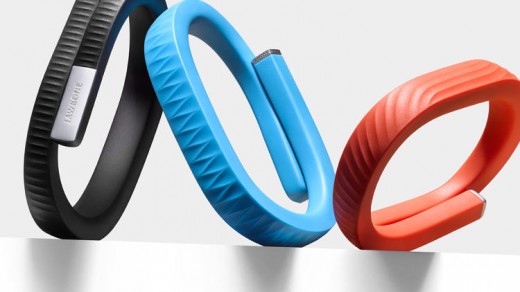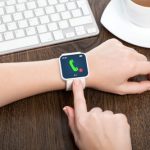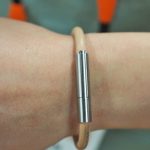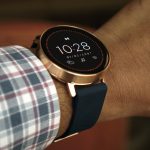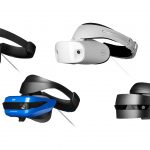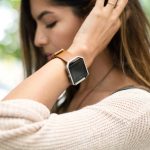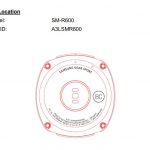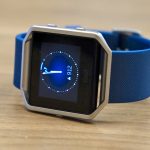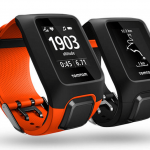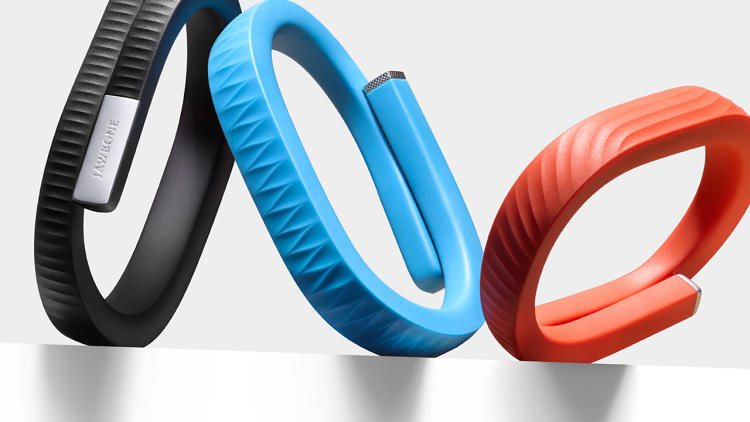the best Wearables will be the Ones You Throw Away
How do you measure the success of wearables? while you don’t want them at all.
April 7, 2015
the market for wearable electronics seems to be exploding: forecasters estimate that we can see increase at a compound annual rate of 35% over the next 5 years with 148 million units shipped by 2019. the information appears impressive until you believe that handiest two years ago forecasters were predicting shipments of twice that quantity—over 300 million via 2018. Why are the numbers declining?
Amid fizzy expectations for the unwell-fated Google Glass and the new Apple Watch, the wearables market is still tormented by continual boundaries to adoption. the reason is that builders are spending an inordinate amount of time searching for the silver bullet—the “iPhone” of the wearables market—so one can create a long-term relationship with customers. in reality, the most successful new wearables are if truth be told the ones that embody their brief status. developers need to trade their mind-set: rather than invent reasons for customers to reside with wearables, they wish to bring to mind step by step transferring people thru phases of recent learning and behavioral alternate. For actually revolutionary wearables, the goal is obsolescence.
wearing Out Their Welcome
prior to wearables even existed as a market category, now we have been looking at and monitoring how people from completely different components of the world attempt to adopt completely different varieties of wearable expertise into their lives. In our research, we’ve discovered that users quickly lose pastime in information—how many steps per day or what forms of sleep cycles—when they be mindful top-of-the-line intervention points for conduct trade. one of the crucial people we met in Hangzhou, China, for example, stopped using her Nike Fuelband after a number of months as a result of it so effectively answered her real query: Which activities all the way through my day burn the most energy?

certainly one of our find out about respondents primarily based in new york suffered from a diet D deficiency. along with his Jawbone wearable, he was in a position to collect vast quantities of sleep data that allowed his doctor to track his situation and make a plan for future therapy. After successfully participating with well being care providers, then again, the patient stopped carrying the Jawbone, and it now sits in a drawer in his bedside table. as an alternative of designing a more sophisticated model of the Jawbone with ever-more features, designers would do better to notice users’ real motivations when engaging with these devices.
one in every of our respondents in the same learn about spent her whole childhood in France. She advised us that she didn’t have in mind the American obsession with calorie labels at eating places and on meals packages. She felt she had been raised to advance appropriate “instincts” round how much to consume and when. americans, in her eyes, had been so fixated on getting the numbers right that they misplaced all connection with their intuition a couple of balanced meal. Her diagnosis gives an astute means forward for innovation in wearables: it’s less about turning in on measurements and extra about providing users with the “coaching wheels” to get entry to their own instincts.
Loving and Leaving information
in this learn about as well as others we’ve conducted, we’ve discovered that the individuals who efficiently reconnected with their instinct did so the usage of not energy counts or footsteps but a wide assortment of more idiosyncratic dimension tools. whether it was once becoming into a favorite “little black gown,” drinking a certain amount of green smoothies within the morning, or mountain climbing without difficulty up three flights of stairs, individuals have unique methods of assessing their very own experiences.
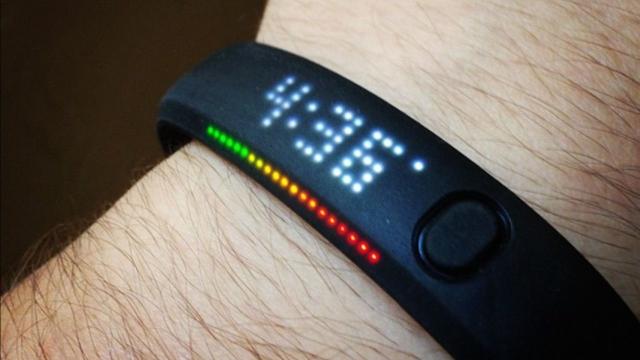
today’s wearables nonetheless use essentially the most simplistic metrics like steps and calories, a repertoire that in fact will not be very meaningful for the general public. however with the aid of incorporating extra idiosyncratic gauges and enabling wearables to trace what users wish to observe— no longer the selection of steps however perhaps the choice of times the consumer takes the steps as an alternative of the elevator— individuals can start to embody wearables’ transient role as “coaches” and “publications.” ultimately, wearables can use these individualized and dynamic metrics as a bridge to help customers have in mind their very own definitions of wellness.
among the most fascinating subsequent technology of wearables are already working in this course, recognizing that almost all meaningful measurements usually are not static. The LUMO again tool is designed to provide feedback on one easy but vital side of health: just right posture. customers put on the LUMO instrument on a belt that sits on their decrease again. after they slouch, LUMO vibrates, reminding them to stand up straight and tall. this kind of reminder is less about an summary data point like fats grams and extra about one small however significant alternate in the physique. The power of this sort conditioning is that it taps into peoples’ historical past conduct relatively than their rationality. Behavioral conditioning turns into second nature over time. because LUMO courses its users to recognize their very own body in space, it is most a success as a instrument when it is rendered obsolete.


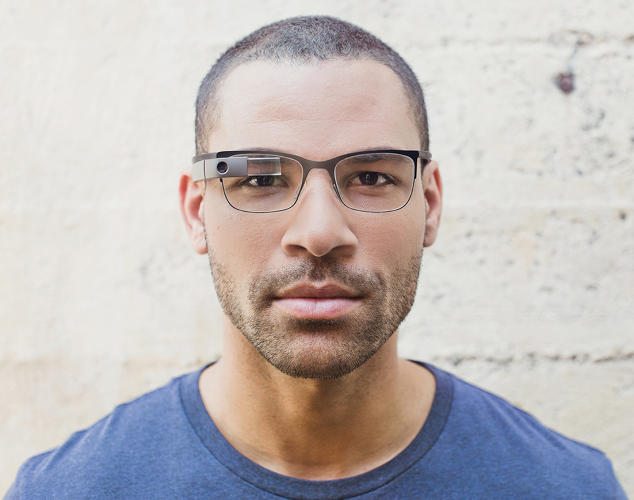
On highest behavior
What does obsolescence mean for wearables? There are two strategies for coming near this downside. One, the introduction of a spread of low-value wearable sensors; users make a selection from a diffusion and customise a tool depending on what they wish to track. the opposite is the improvement of a wearable with the capability to track many modifications, but that also permits users to determine exactly what dimension is related for them to observe.
When developers in wearables put less focal point on growing long-term relationships with customers, they may be able to ship more significant worth to customers in the moment. much like young children use a bevy of brief “training cups” ahead of they ultimate graduate to a “large child” cup, adults would possibly even have all sorts of disposable wearables that lend a hand them reach the subsequent stage of their skill building. the future of wearables is just not about growing the single absolute best product for all eternity. the best instruments will acknowledge our personal idiosyncratic metrics and in some way put us again in contact with our own intuitions. And, identical to all those discarded sippy cups, their very success will indirectly render them out of date.
[Cover Photo: courtesy Isabelle Olsson/Google]
fast company , read Full Story
(132)

